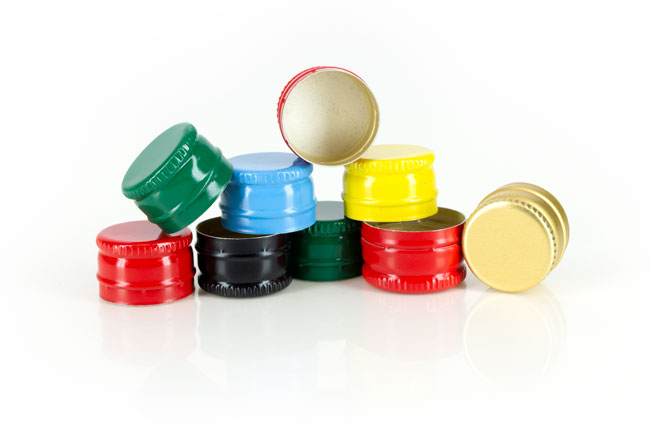Air-tight seals on the top of plastic or glass containers that are bonded
An induction liner, also known as a heat seal liner, is named after the process used to attach the seal to containers. The seal itself consists of three layers: a heat seal, a foil middle, and a backing piece. Induction liners are added inside the cap so that you can seal your containers after they’re filled.
Air-tight seals on the top of plastic or glass containers that are bonded
An induction liner, also known as a heat seal liner, is named after the process used to attach the seal to containers. The seal itself consists of three layers: a heat seal, a foil middle, and a backing piece. Induction liners are added inside the cap so that you can seal your containers after they’re filled.
Air-tight seals on the top of plastic or glass containers that are bonded
An induction liner, also known as a heat seal liner, is named after the process used to attach the seal to containers. The seal itself consists of three layers: a heat seal, a foil middle, and a backing piece. Induction liners are added inside the cap so that you can seal your containers after they’re filled.
Air-tight seals on the top of plastic or glass containers that are bonded
An induction liner, also known as a heat seal liner, is named after the process used to attach the seal to containers. The seal itself consists of three layers: a heat seal, a foil middle, and a backing piece. Induction liners are added inside the cap so that you can seal your containers after they’re filled.
Air-tight seals on the top of plastic or glass containers that are bonded
An induction liner, also known as a heat seal liner, is named after the process used to attach the seal to containers. The seal itself consists of three layers: a heat seal, a foil middle, and a backing piece. Induction liners are added inside the cap so that you can seal your containers after they’re filled.
Air-tight seals on the top of plastic or glass containers that are bonded
An induction liner, also known as a heat seal liner, is named after the process used to attach the seal to containers. The seal itself consists of three layers: a heat seal, a foil middle, and a backing piece. Induction liners are added inside the cap so that you can seal your containers after they’re filled.




